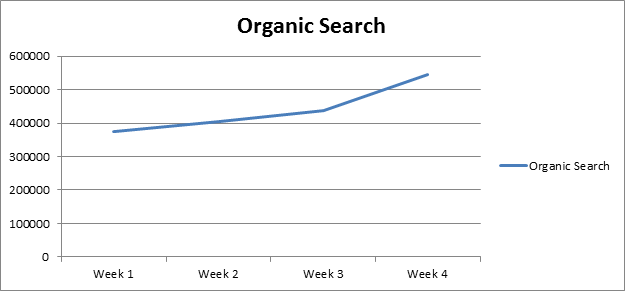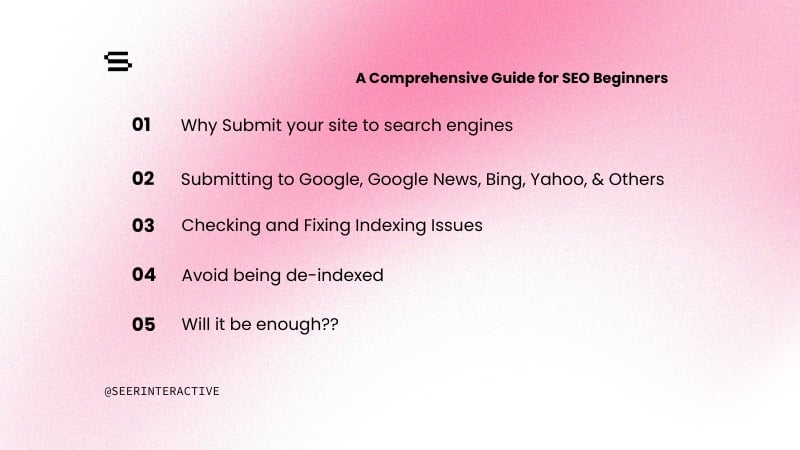A client came to us few months ago wanting to improve their organic presence in Google.com (US) for their sub domain (us.example.com).
Their main domain (www.example.com) dedicated for Google UK was out ranking their subdomain in Google US.
They previously put together a strong onsite & offsite strategy for the subdomain to help its organic presence to grow in Google US, couple of examples listed below:
- Revamping old content
- Authoritative links pointing to sub domain from topic sites in US
- Hosting the subdomain in US
But to be honest the work that was being put in felt like they were just competing with their main domain. The strategies were having a slight impact to help bring more visibility to the subdomain from Google US. Then came the HrefLang tag strategy. The below shows an example of HrefLang tag they implemented on their US subdomain.
<link rel="alternate" hreflang="en-US" href="https://us.example.com/ "/>
Note: the tag should be self-referential to the page not the domain.
What is a HrefLang tag?
HrefLang is a HTML tag that goes within the <head> section of the page source code, which helps Google crawlers understand that certain pages, section, subdomain or country code level domains (cctlds) is targeted for a specified country.
Depending on the site structure here are few examples of how the hreflang tag would be implemented on the site/page:
Different URLs with the Same Language:
Google UK: <link rel="alternate" hreflang="en" href="https://www.example.com"/> (in this example their .com domain is for Google UK)
<link rel="alternate" hreflang="en-gb" href="https://www.example.co.uk"/> (for .co.uk sites)
Google US: <link rel="alternate" hreflang="en-us" href="https://us.example.com">
Google Australia: <link rel="alternate" hreflang="en-au" href="https://www.example.com/au/">
CCTLD Strategy
Google France: <link rel="alternate" hreflang="fr" href="https://www.example.fr/"/>
Google Germany: <link rel="alternate" hreflang="de" href="https://www.example.de/"/>
Subfolder Strategy
Google Italy: <link rel="alternate" hreflang="it" href="https://www.example.com/it/"/>
Google Spain: <link rel="alternate" hreflang="es" href="https://www.example.com/es/"/>
For those who are optimizing multi-language sites, in which there are more than one alternate, include all of the HrefLang tags for the entire set. For more information on this please visit Support.Google.com.
Before Implementation
Steady Indexation Rate
Now let’s get back on track on the main purpose on this post. Before the implementation, the average indexation rate for the US site (subdomain) was around 230,000 for Google.com (US), as shown in the image below.
Path to the data: login into your Google Webmaster Tools -> Health -> Index Status

After Implementation
An Increase In Indexation
After the implementation of HrefLang, we saw the indexation rate increased by approximately 150% (655k).

Now let’s check to see if this indexation improvement has had an impact on the impressions in Google.
Path to check the impression: login to Google Webmaster Tools -> Traffic -> Search Queries. Make sure within the filter to select United States to ensure you are looking at just the Google.com (US) version and not the entire web.

An Increase in Impressions

What does this mean?
An Increase in Organic Search
We can see there is a positive correlation between number of pages indexed and search visibility in Google US. The more pages Google indexes the better chance you will have to bring in extra visibility to the site from search, as shown in the image below:

Using HrefLang was a successful solution for this client. If you have seen a similar improvement on your client sites, please feel to share your story below.
Resources/FAQs:
Is there another way to implement hreflang?
Implementing hreflang in XML sitemap
How can I check to see if hreflang has been implemented on the entire site?
Use screaming frog’s custom filters to find the pages that are missing HrefLang. Follow the steps shown on ‘Use Screaming Frog To Verify Google Analytics Code’ by Rachael Gerson.
How do I check indexation rate in Google Webmaster Tools for a site in Spain if it's in a subfolder?
Submit a sitemap only for a specific directory all the URLs in that directory and see how many are processed that's one option; the other is to create the specific directory in Google Webmaster Tools independently.


